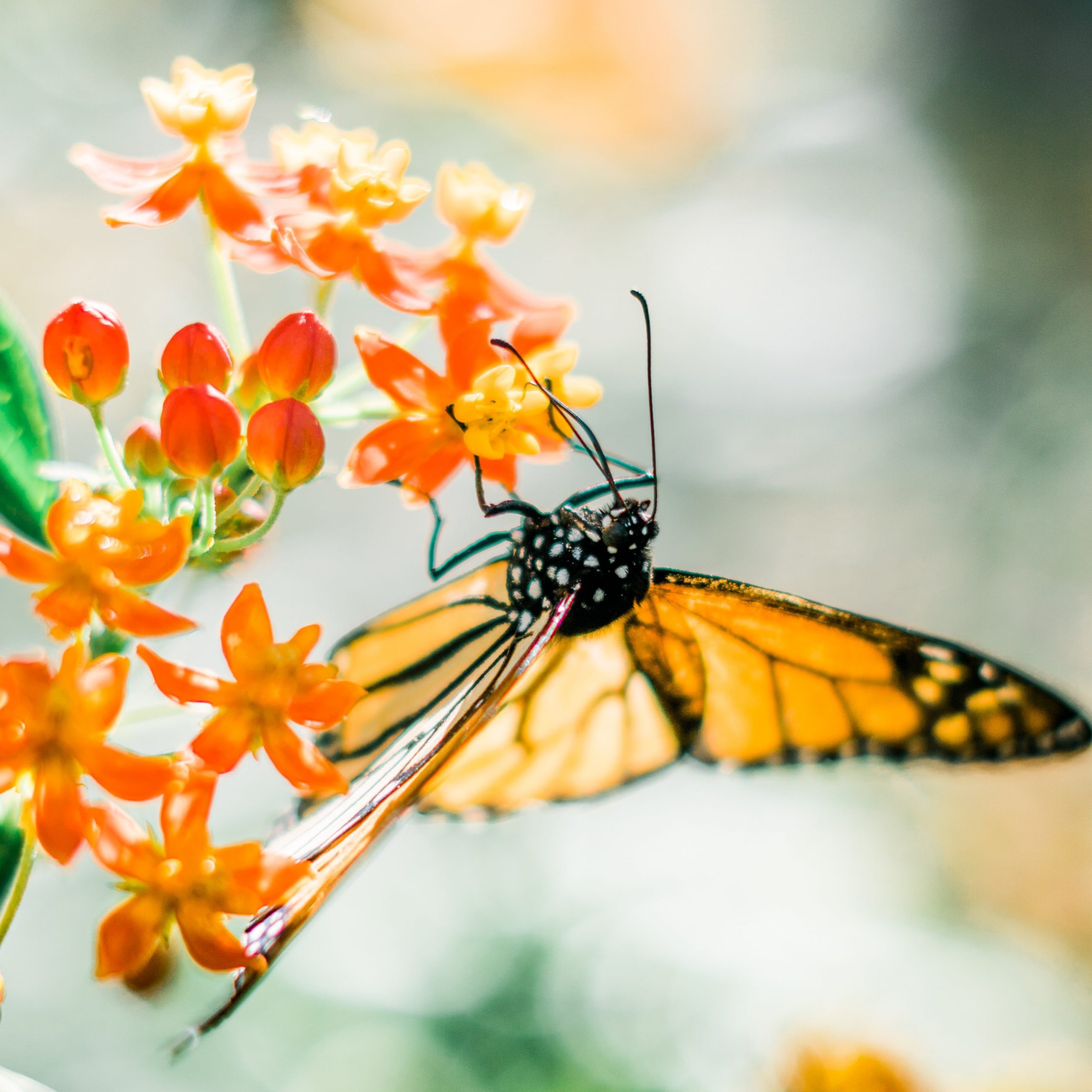As we enjoy the warmer spring weather, it is time to start thinking about getting your garden ready for the upcoming growing season. Making sure your garden is pollinator-friendly is a simple way to help maintain a healthy ecosystem and promote biodiversity. We rely on pollinators such as bees, butterflies and beetles to pollinate agricultural crops and native plants. Without these pollinators, we would not be able to enjoy the plentiful fresh produce and fruit that is harvested each year.
When creating a pollinator-friendly garden at home, consider these tips:
1. Try planting native perennial varieties. If you are looking for plants that require less maintenance, then perennials are the way to go. A bonus to planting perennials is that they will return the next season, so there is no need to recreate the garden every year. Native perennial plants will often work best in your landscape as they a suited to your local growing conditions and are great at attracting local pollinators.
2. Consider adding a variety of perennial plants with overlapping blooming periods. Having plants that bloom in the spring, summer and fall will allow pollinators to have access to food throughout the growing seasons.
3. Anthropogenic pesticides are a major threat to pollinators so try no to use them in your yard. Here is a good resource to pollinator friendly pesticides and fungicides that can encourage your plants to grow but also allow pollinators to thrive.
4. Group plant species together instead of dispersing them throughout the garden. Large clusters of individual species make it easier for pollinators to locate.
5. Other items to consider adding to your garden are nesting boxes for bees and a fresh water source, such as a bird bath.
6. Consider adding plant varieties that pollinators can use to lay eggs An example of this would be planting milkweed for monarch butterflies to lay their eggs. When the caterpillar’s hatch they will eat the milkweed and then once they transform to butterflies, they can feed on all the nectar and pollen your garden has to offer.


